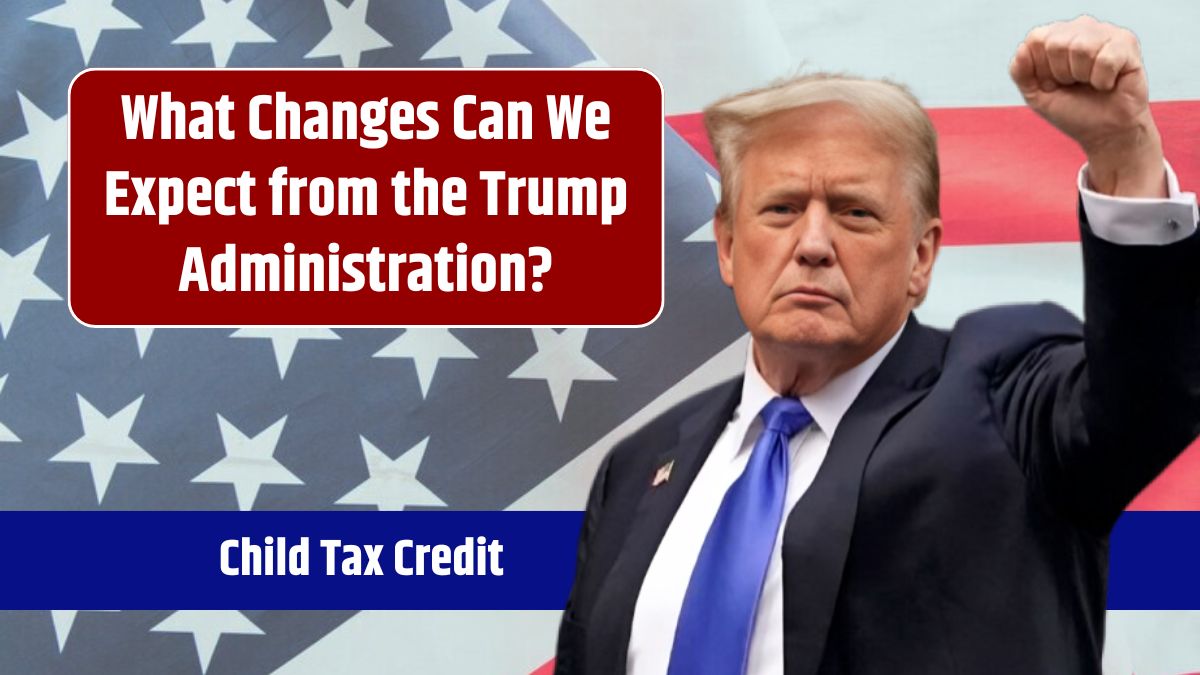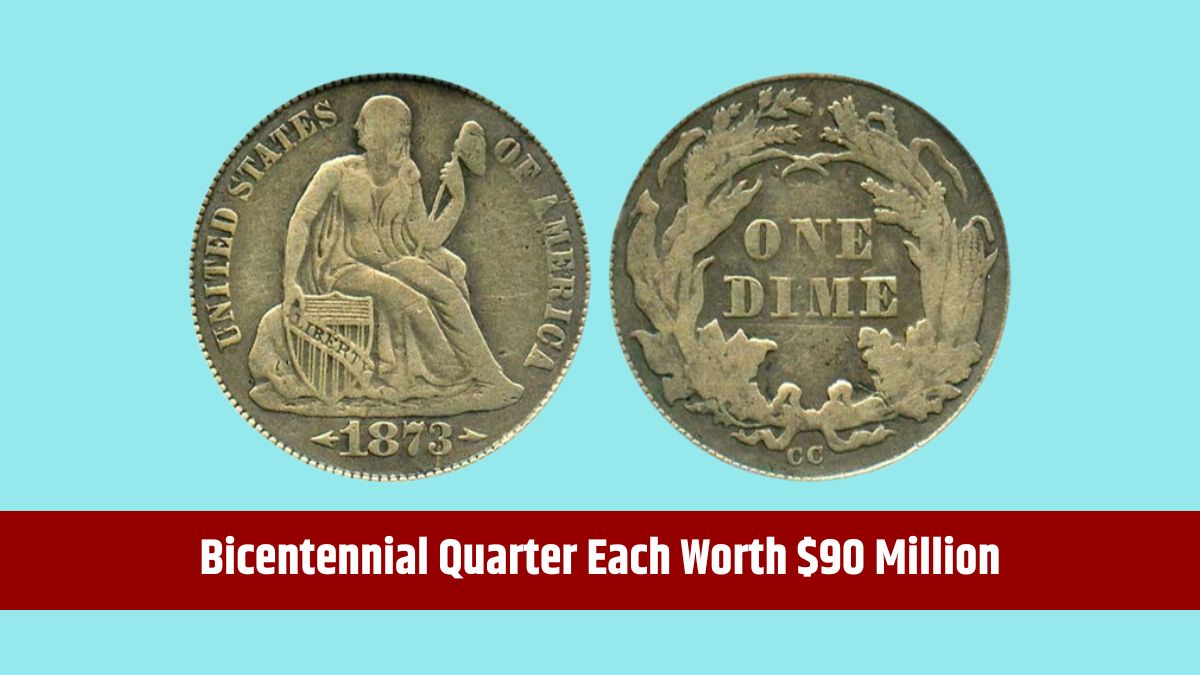The child tax credit (CTC) has become a cornerstone of political debate in the U.S., with both major parties acknowledging its importance. However, as the 2024 presidential election concluded with Donald Trump’s victory, the future of this crucial benefit remains uncertain. With the current credit set to shrink after 2025, the incoming administration faces significant pressure to determine its fate.
Political Issue
Introduced in 1997, the child tax credit allows families to deduct a set amount from their taxes for each dependent child under 17. Currently, families can claim up to $2,000 per child, with $1,600 of that amount refundable. This provides essential support to middle-class families, especially those with multiple dependents.
The credit’s expansion under the American Rescue Plan Act of 2021 marked a transformative moment. That year, families could receive up to $3,600 for children under six and $3,000 for children aged 6 to 17, with full refundability and monthly payments. Although this expansion reduced child poverty by an estimated 30%, Congress allowed it to expire, reverting the credit to its pre-expansion levels.
Impact
The temporary boost in 2021 showcased the child tax credit’s potential to alleviate poverty. A Columbia University study reported a dramatic 30% reduction in child poverty during the expansion, benefiting over 61 million children. Despite its success, Congress declined to renew the enhanced credit, emphasizing the contentious nature of its funding and long-term viability.
Unless further action is taken, the maximum credit will decrease to $1,000 per child in 2025, posing a challenge to families who have come to rely on the additional support.
Republican Proposals
During his first term, President Trump doubled the credit from $1,000 to $2,000 as part of the 2017 Tax Cuts and Jobs Act. His reelection campaign hinted at another increase, though specific plans remain vague. JD Vance, Trump’s running mate, floated the possibility of raising the credit to as much as $5,000 per child, signaling an intention to continue expanding the program.
However, any substantial increase would require bipartisan cooperation. Without detailed proposals on funding or distribution, the prospect of passing significant reforms in a divided Congress remains uncertain.
Challenges
One of the main criticisms of the current child tax credit structure is its limited accessibility for low-income families. While the refundable portion helps those who owe little in taxes, many households with extremely low incomes are unable to benefit fully. This makes the credit less effective for combating poverty among the neediest families, a flaw highlighted during debates over the 2021 expansion.
What Lies Ahead
The future of the child tax credit hinges on the priorities of the new administration and Congress’s ability to reach compromise. Although both parties recognize the credit’s value, their differing approaches to tax policy and social spending could delay meaningful changes.
Families who benefit from the CTC should remain vigilant and informed. Monitoring legislative developments will be crucial to knowing how potential changes may impact household finances.
Child Tax Credit’s Role
Despite political differences, the child tax credit remains one of the most effective tools for reducing child poverty and supporting families. Whether it is expanded or modified, its future decisions will have profound social and economic implications, influencing the well-being of millions of children across the U.S.
As the debate continues, the CTC’s ability to provide direct financial relief ensures it will remain a central topic in U.S. fiscal policy discussions. For many families, it’s more than a tax benefit—it’s a lifeline that can shape their children’s futures.
FAQs
What is the current child tax credit amount?
The current credit is up to $2,000 per child.
How much of the child tax credit is refundable?
$1,600 is refundable, while $400 is non-refundable.
When will the child tax credit decrease?
It is set to decrease to $1,000 per child in 2025.
Did the 2021 expansion reduce child poverty?
Yes, it reduced child poverty by approximately 30%.
Are there plans to increase the child tax credit?
Republicans have suggested increasing it, but details remain unclear.





